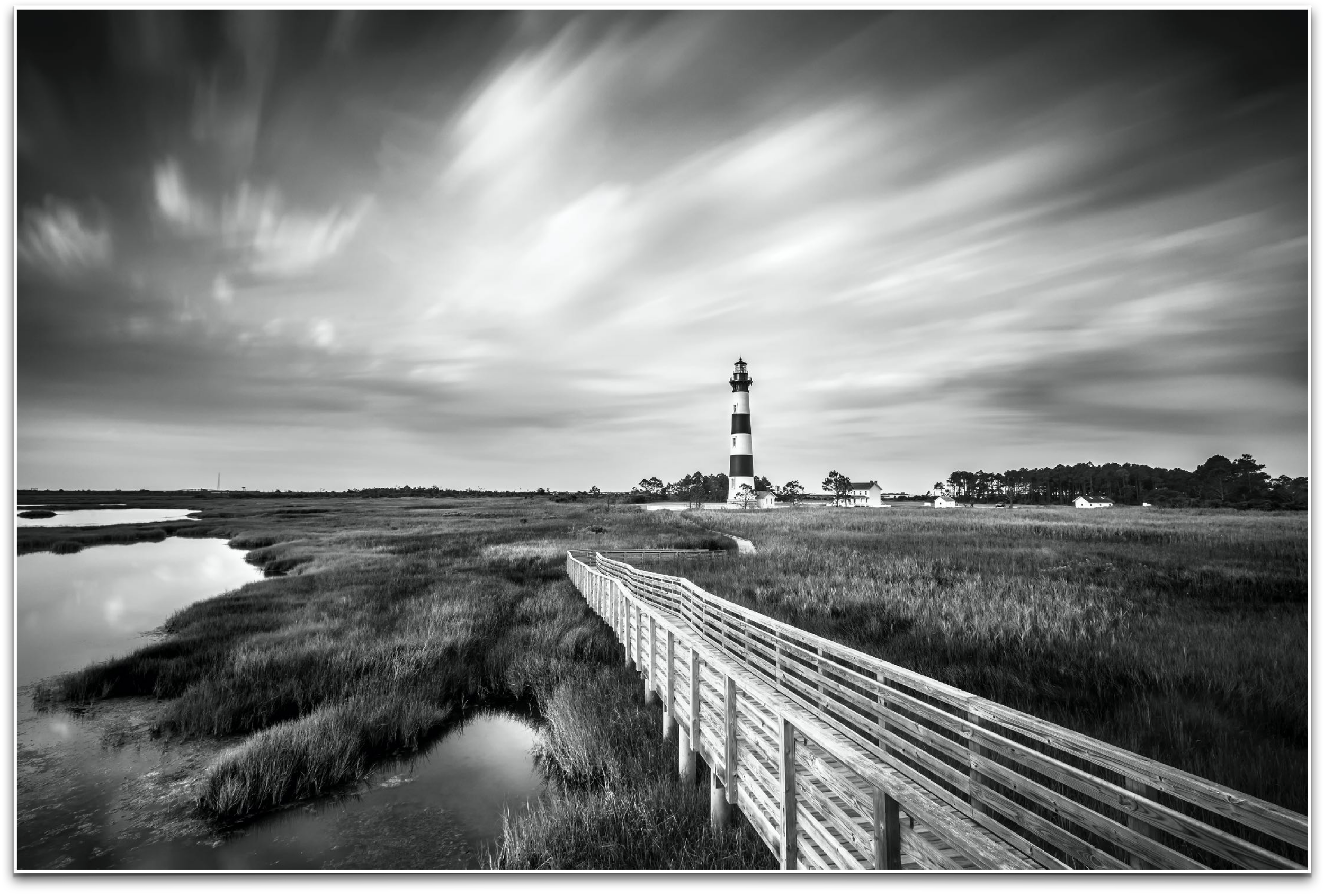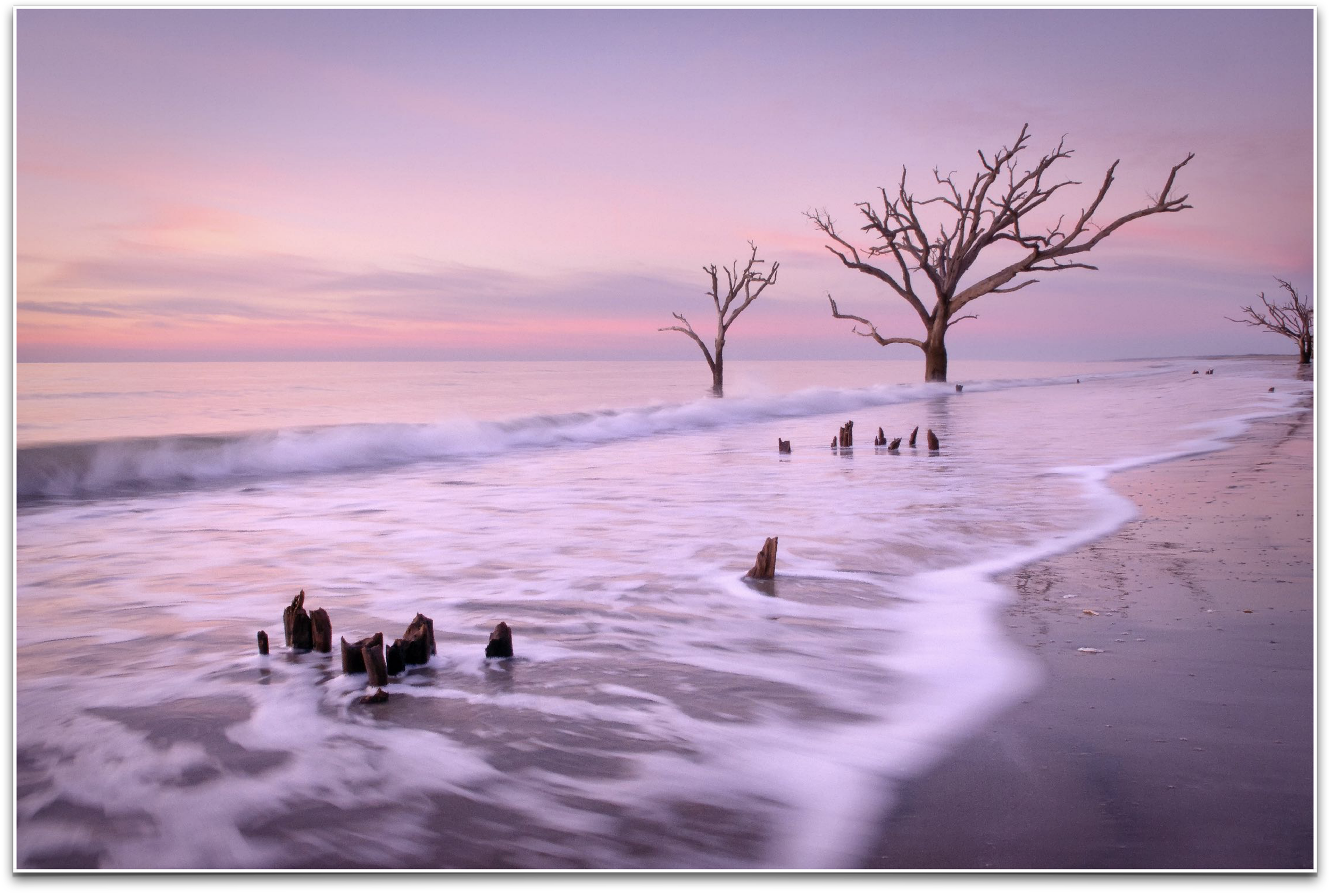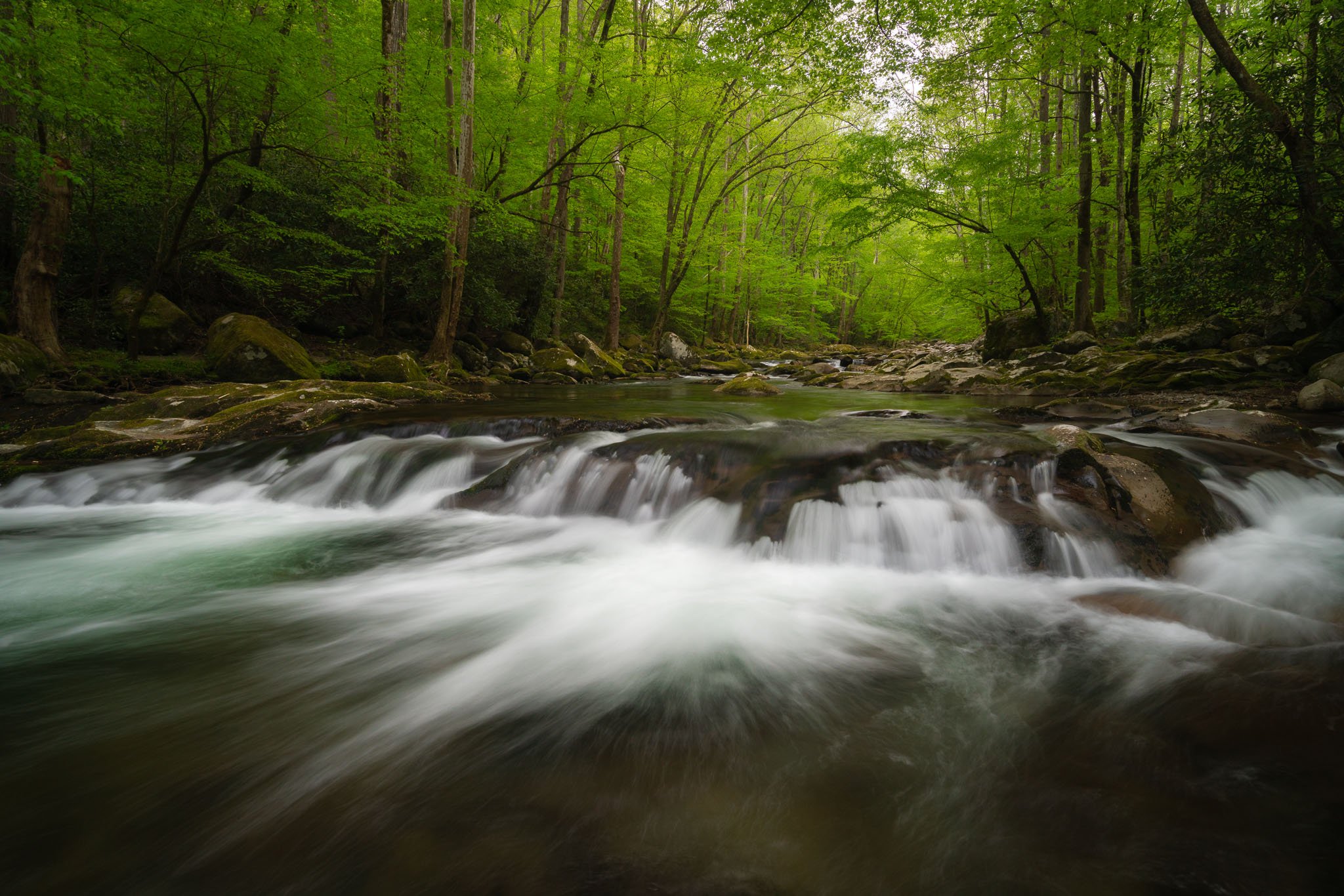Using Leading Lines to Draw the Viewer's Eye: Tips for Landscape Photographers
Hey there, fellow landscape enthusiasts! If you've ever found yourself staring at a gorgeous landscape photo, wondering why it's so captivating, the answer might just lie in the composition. Composition is like the secret sauce that takes a good photo and turns it into a jaw-dropping masterpiece. And today, we're going to let you in on one of the most powerful compositional tools: leading lines!
Leading lines are like invisible guides that gently take the viewer's hand and lead them on a journey through your photo. They can create a sense of depth, draw attention to a focal point, or even tell a story. In this fun and approachable guide, we'll dive into the world of leading lines and share some tips on how you can use them to level up your landscape photography game. So, strap on your camera, and let's explore the magic of leading lines together!
Types of Leading Lines: The Wonderful World of Line Variety
As we embark on our quest to master leading lines, it's essential to recognize that not all lines are created equal. In fact, the landscape photography realm is brimming with a delightful variety of lines just waiting to be discovered! So, let's take a peek at the three main types of leading lines you'll encounter on your photographic adventures.
A. Natural Lines: Mother Nature's Masterpieces
Natural lines are the beautiful lines gifted to us by the great outdoors. They can be as subtle as the curve of a river or as bold as a majestic mountain ridge. Other examples include shoreline contours, tree branches, sand dunes, and even the direction of the wind blowing through a field of grass. Keep your eyes peeled for these organic lines, as they often blend seamlessly into the landscape, adding an extra touch of authenticity to your compositions.
B. Man-Made Lines: Human Ingenuity at Work
Man-made lines, as the name suggests, are lines created by human constructions or activities. These lines can add a fascinating contrast to your landscape photos, especially when juxtaposed against the raw beauty of nature. Examples of man-made lines include roads, bridges, fences, pathways, and architectural elements. Don't be afraid to incorporate these lines into your work – they can often provide an interesting story or context to your images.
C. Implied Lines: When Less Is More
Implied lines might be a bit trickier to spot, as they don't actually exist as physical lines in the scene. Instead, they're formed by the arrangement of elements within the frame or even by the viewer's perception. Examples of implied lines include the alignment of objects, the gaze of a person or animal, or the direction of movement in a scene. While these lines can be more challenging to work with, they offer a fantastic opportunity to flex your creative muscles and craft truly unique compositions.
So, now that we've explored the wonderful world of leading line variety, it's time to put this knowledge into practice. Grab your camera, lace up your hiking boots, and let's head out into the wild to discover some lines of our own!
How to Find and Utilize Leading Lines: Your Roadmap to Line Mastery
Now that we've got a handle on the different types of leading lines, it's time to put that knowledge to work and start snapping some seriously stunning landscape photos. But where do we begin? Fear not, intrepid photographer, for we've put together a handy-dandy roadmap to help you find and utilize leading lines like a pro!
A. Scouting Locations: The Hunt for Hidden Lines
Finding the perfect leading lines starts with a little detective work. Whether you're exploring your local park or venturing into the great unknown, keep your eyes peeled for lines that catch your attention. Jot down notes or snap quick reference photos on your phone to help you remember these visual gems for later. Remember, the best lines are often found off the beaten path, so don't be afraid to explore!
B. Observing and Adjusting Camera Angles: The Art of Perspective
Once you've found a location with some tantalizing leading lines, it's time to get behind the lens and start experimenting with camera angles. Try shooting from different heights, crouching down low, or even climbing up on something to see how it changes the lines in your frame. By playing with perspective, you'll discover new and exciting ways to showcase your chosen lines.
C. Working with Different Focal Lengths: The Wide and Wonderful World of Lenses
Did you know that different focal lengths can have a significant impact on how leading lines appear in your photos? It's true! Wide-angle lenses tend to exaggerate lines, making them appear more dramatic, while telephoto lenses can compress lines, creating a sense of depth. Don't be afraid to experiment with different lenses or zoom levels to find the perfect balance for your scene.
D. Experimenting with Various Perspectives: Unleashing Your Inner Creative
One of the best ways to master leading lines is to let your creativity run wild. Try shooting from unconventional angles, playing with reflections, or even incorporating shadows to create interesting and dynamic compositions. The more you experiment, the more you'll discover just how versatile and powerful leading lines can be.
This is your roadmap to finding and utilizing leading lines like a landscape photography wizard! Now, it's time to grab your trusty camera and venture forth into the world to uncover the hidden lines that lie in wait. Happy shooting!
Enhancing Leading Lines in Post-Processing: The Digital Playground
Congratulations, adventurer! You've scoured the landscape, experimented with angles and perspectives, and captured some fantastic photos featuring leading lines. But the journey doesn't end here – it's time to step into the digital playground and enhance those lines even further in post-processing.
A. Adjusting Contrast and Clarity: Let Your Lines Shine
To really make your leading lines pop, try playing with the contrast and clarity sliders in your favorite photo editing software. Increasing contrast can help separate your lines from the background, while boosting clarity can emphasize the details and textures in your image. Be careful not to go overboard, though – subtlety is key to maintaining a natural and captivating look.
B. Using the Dodge and Burn Tools: Guiding the Viewer's Eye
The Dodge and Burn tools are like magic wands for leading lines. By selectively lightening (dodging) or darkening (burning) areas of your photo, you can enhance the lines and guide the viewer's eye through the image. Use a soft brush and low opacity settings to gradually build up the effect for a more natural and polished result.
C. Cropping and Straightening for Better Alignment: The Art of Refinement
Sometimes, even the most carefully composed shot can benefit from a little cropping and straightening. Use the crop tool to remove any distracting elements, enhance the overall balance of your composition, or simply to create a more pleasing aspect ratio. If your leading lines aren't perfectly straight, try using the straighten tool to align them with the edges of your frame – this can give your image a more polished and professional appearance.
These are the secrets to enhancing leading lines in the digital realm! By combining your newfound knowledge of leading lines with these post-processing techniques, you'll be well on your way to creating landscape photos that are nothing short of mesmerizing. Now, fire up that editing software and let's make those lines sing!
Embracing THOSE Leading Lines
Phew, what a whirlwind of leading lines awesomeness we've experienced together! From understanding the different types of lines to capturing and enhancing them in your own landscape photos, you've become a true leading lines aficionado.
But remember, dear adventurer, the mastery of leading lines is a lifelong journey. The more you practice and experiment, the more you'll discover just how versatile and powerful this composition technique can be. So, keep your eyes open for those sneaky lines hiding in plain sight, and never stop exploring new ways to make them shine in your images.
As we wrap up our leading lines extravaganza, we hope you're feeling inspired and ready to conquer the landscape photography world with your newfound skills. So, strap on that camera, lace up those hiking boots, and go find some leading lines!
In the immortal words of renowned landscape photographer Ansel Adams, "You don't take a photograph, you make it." Now go forth and make some truly breathtaking leading lines masterpieces – we can't wait to see what you create!





